This Friday meet Carrie Chlebanowski a “reformed suburbanite” from Alex, Oklahoma. Carrie, her husband, and children moved from the suburbs of Edmond to their 10-acre paradise in February 2015. However, it wasn’t until the spring of 2018 that they brought The Looney Farm to life.
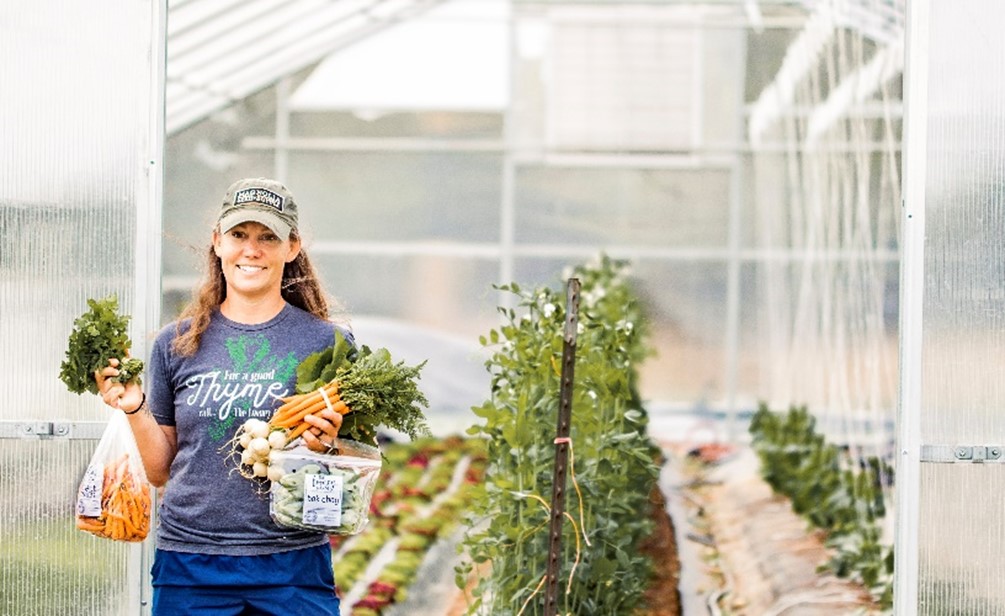
With the help of her employees, Melissa and Heather, Carrie grows a wide variety of produce in her a no-till market garden and sells it to area farmers markets, local grocery stores, and even a couple restaurants.
Getting Started
USDA can help beginning farmers get started, grow, and protect their operations through farm loans, crop insurance, conservation programs, and disaster assistance.
“Our first year was the first year we took advantage of a USDA beginning farmer loan,” Carrie said. “With the $40,000 loan we were able to purchase the infrastructure needed to get started.” They were also able to purchase a walk behind tractor, irrigation materials, the insides for the wash-pack station, and majority of the tools they needed to get started.
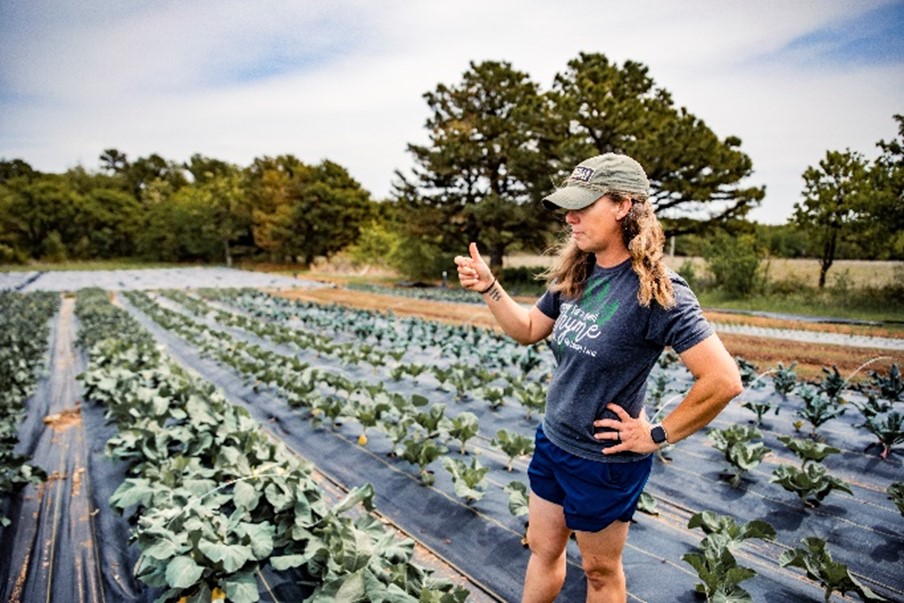
Each year, USDA’s Farm Service Agency sets aside a portion of all loan funds for financing beginning farmer and rancher operations. While farm ownership loans can provide access to land and capital, operating loans can assist beginning farmers to become prosperous and competitive. Through microloan programs, beginning farmers and ranchers have an important source of financial assistance during the start-up years.
“We had zero agricultural knowledge prior to starting The Looney Farm,” Carrie said. “We just wanted our family to have more say in food sourcing and the food industry in general.”
Though they had no prior experience, the Chlebanowski’s spent a lot of time researching how to be successful in their market garden. Carrie said, “We are YouTube producers. That is how we learned everything.”
Produce All Year Long
The Looney Farm is firing on all cylinders year-round. They sell their produce at farmers markets throughout the summer season and online all year long.
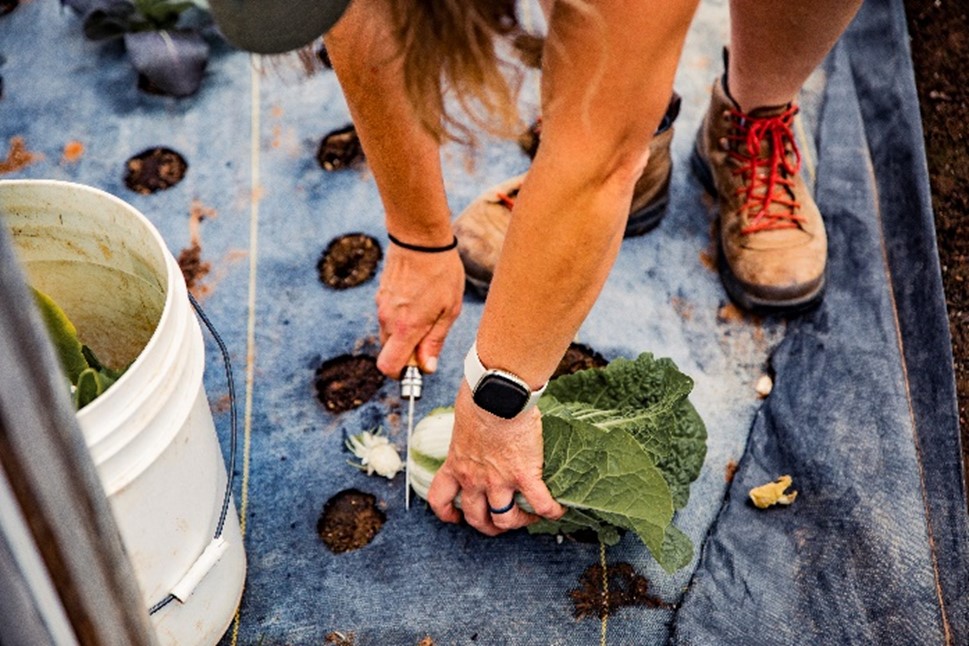
“We are well known for our lettuce varieties such as mixed lettuce, lettuce clam shells, and head lettuces,” Carrie said. “Our products have a great shelf life since the turnaround time is so short. We guarantee a week for our lettuce, but it really lasts about three weeks.”
They also have a wide variety of baby root vegetables including beets, carrots, turnips, and radishes. However, it doesn’t stop there. The Looney Farm is home to napa cabbage, bok choy, broccolini, cauliflower, and summer squash.
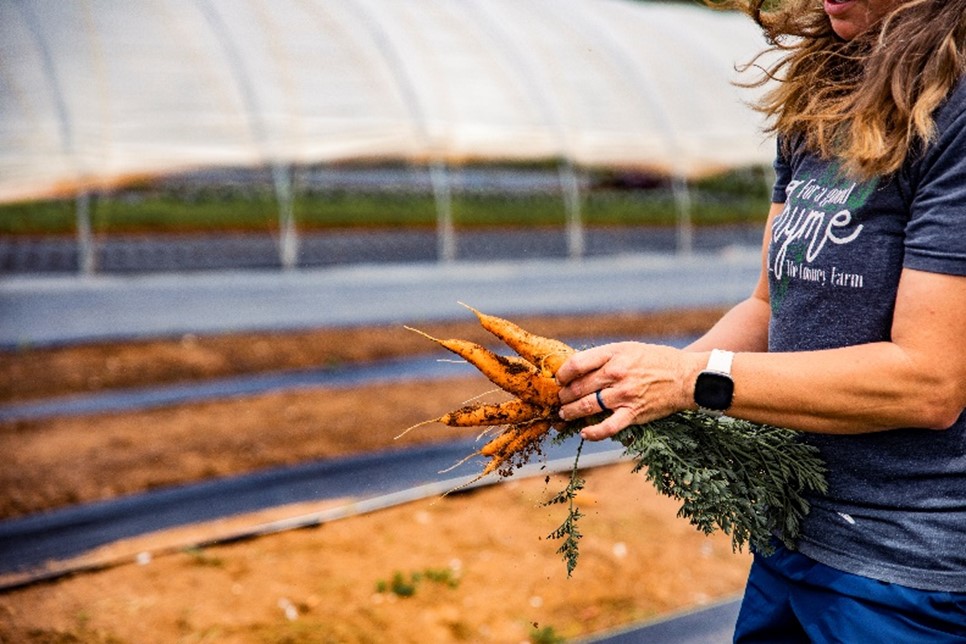
High Tunnel System Initiative
Carrie has been able to expand her production with the help of the Environmental Quality Incentives Program and the High Tunnel System Initiative through USDA’s Natural Resources Conservation Service.
“The high tunnel was installed last May and is absolutely amazing,” Carrie said. “The protection the high tunnel offers from the wind is unmatched. That is where some of our higher dollar crops will go.”
The high tunnel will be filled with sugar snap peas, peppers, tomatillos, whole beans, and eggplants this summer.
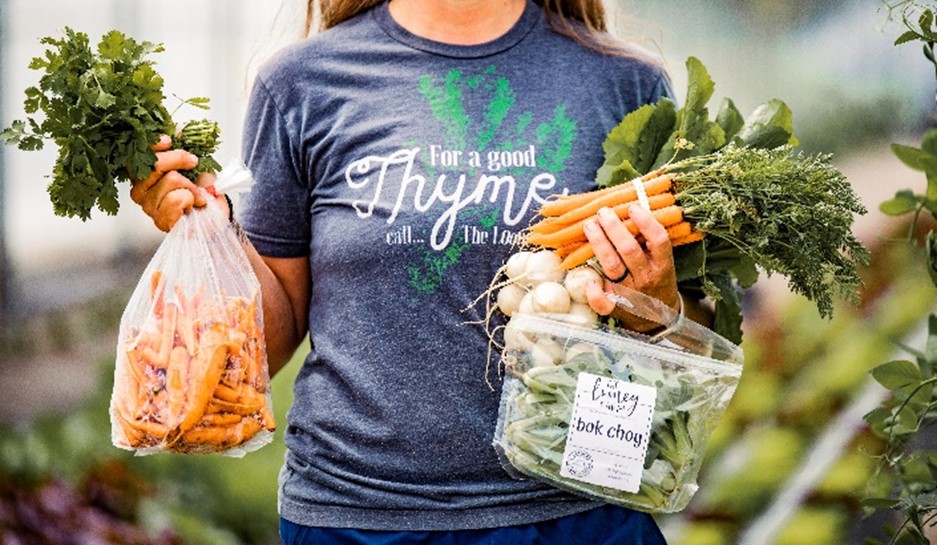
“The high tunnel would not have been possible without EQIP,” Carrie said. “The crops we can get in the ground in the tunnel versus the field in terms of weather makes a world of difference. Having access to a program like EQIP and with as easy as it is, was a game changer.”
Oklahoma weather is unpredictable and with the help of the high tunnel, The Looney Farm can maintain a produce-friendly environment.
“We kind of just jumped into the market garden and The Looney Farm, but we haven’t looked back,” Carrie said. “We are still learning things every day, but thankfully have had a lot of help along the way.”
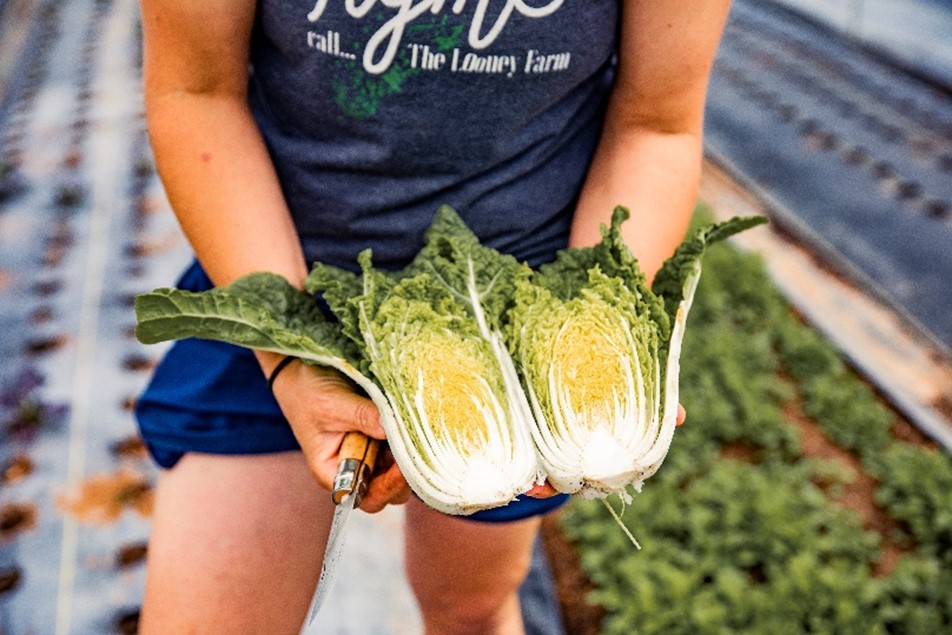
More Information
Visit local farms, ranches, forests, and resource areas through our Fridays on the Farm stories. Meet farmers, producers and landowners who are working to improve their operations with USDA programs.
USDA offers a variety of risk management, disaster assistance, loan, and conservation programs to help producers weather ups and downs in the market and recover from natural disasters as well as invest in improvements to their operations. Learn about additional programs.
For more information about USDA programs and services, contact your local USDA service center.
Chesley Comstock is a student at Oklahoma State University. For more information about this story, contact Gilbert Guerrero with NRCS in Oklahoma.


